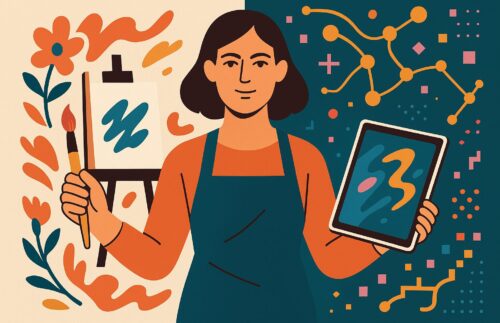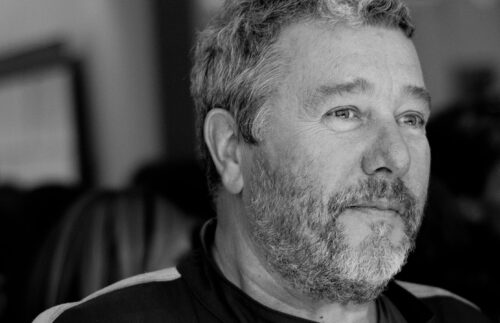The World Press Photo Contest recently faced controversy over its initial decision to allow AI-generated imagery in its Open Format competition category. This decision received swift criticism from photojournalists who argued that including artificially created images in a contest meant for documenting real-world events went against the principles of the industry.
In response to the backlash, the World Press Photo Foundation has reconsidered its stance and updated the contest rules to exclude AI-generated images from the Open Format category. Unlike other instances where decisions of this nature might be divisive, I agree with this reversal. Allowing AI-generated images in a competition focused on capturing real-world events could compromise the authenticity and integrity of photojournalism.
The updated rules provide clearer guidelines on what constitutes an AI-generated image, distinguishing acceptable AI editing tools from those that introduce new information to manipulate images. The Foundation has collaborated with various stakeholders to establish ethical standards, ensuring that photographs are accurate representations of what photographers witnessed and not misleading to the public.
Given the increasing integration of AI in cameras and editing software, the World Press Photo Foundation’s effort to define permissible levels of AI manipulation is commendable. With apps like Adobe Photoshop and Lightroom featuring AI-assisted editing tools and smartphones incorporating AI into imaging systems, it is crucial to maintain a clear distinction between AI “art” and photojournalism. This move reflects a proactive approach to address the challenges posed by evolving technology in the photography industry.
AI generated imagery banned from photo competition
The World Press Photo Contest recently faced controversy over its initial decision to allow AI-generated imagery in its Open Format competition category. This decision received swift criticism from photojournalists who argued that including artificially created images in a contest meant for documenting real-world events went against the principles of the industry.
In this post:
More Posts
19 December 2025
Miriam Cahn and Sofia Crespo: Discomfort, Beauty, and How We Judge Value in Contemporary Art
A reflective comparison of Miriam Cahn and Sofia Crespo that explores how discomfort, beauty, and AI shape the way value is judged in contemporary art, addressing common questions around authorship, visual appeal, and meaning without positioning one approach above the other.
30 October 2025
The Role of Women in Technology: Beyond Visibility
Women are helping define the future of technology, blending empathy and innovation. This article explores how global platforms empower female tech creators.
17 October 2025
When Machines Learn to See: Memo Akten at Ars Electronica
At Ars Electronica, Memo Akten’s Learning to See: Gloomy Sunday transforms AI perception into poetry. Through shimmering data and quiet motion, Akten reveals how machines interpret the world — and how, in their dreaming, we begin to see ourselves anew.
2 October 2025
When AI Sees What We Cannot: Caravaggio’s The Lute Player Rediscovered
Artificial Intelligence has reattributed The Lute Player as an original Caravaggio with 85.7% certainty, overturning decades of expert doubt. This breakthrough shows how AI shines where human judgment fails — reclaiming history, restoring truth, and helping us preserve authentic human achievements hidden for centuries.
20 September 2025
AI Art, Originality, and Why We Shouldn’t Fear the Future
Albania has appointed the world’s first AI minister to tackle corruption. Could AI governments end mediocrity, expose corruption in Malta, and make politics more sustainable?
15 September 2025
When AI becomes Minister
Albania has appointed the world’s first AI minister to tackle corruption. Could AI governments end mediocrity, expose corruption in Malta, and make politics more sustainable?
16 August 2025
Philippe Starck’s First AI Chair: Human Meets Machine
Discover Philippe Starck’s groundbreaking A.I. Chair—the world’s first commercial design created with artificial intelligence. A new era of sustainable, collaborative creativity.
8 August 2025
Norma Kamali’s AI Fashion.
Fashion icon Norma Kamali is redefining design through AI—and her bold evolution mirrors my own as a female artist using AI to create new worlds. Here’s how tech is transforming creativity, opportunity, and identity.







